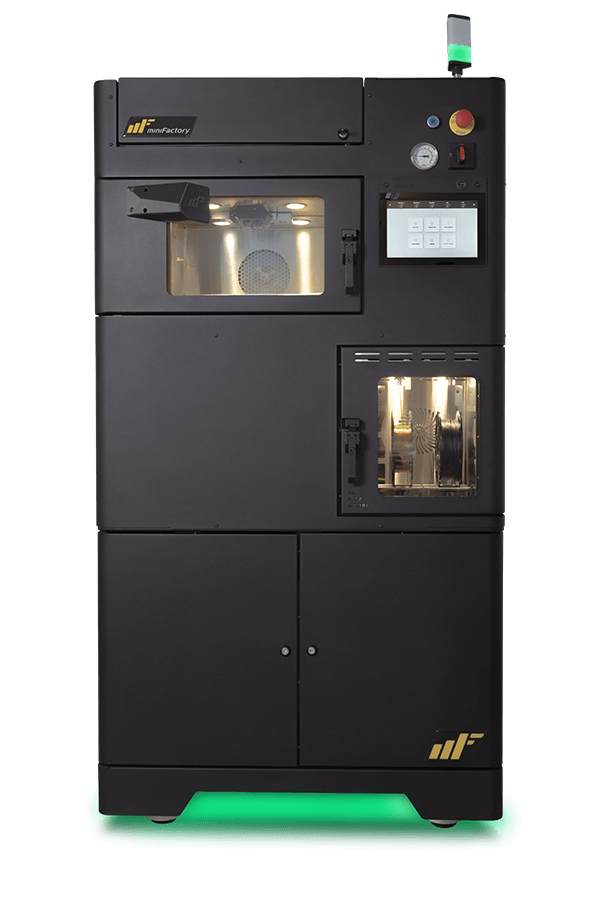Menu
close
3D printing in the aerospace industry offers a phenomenal opportunity to decrease the weight of the parts without sacrificing their strength. Lighter parts reduce fuel consumption, which is one of the key development areas in aviation. See below for examples of the use of 3D printing in the aerospace industry.
Specialty polymers offer high-temperature and chemical resistance, allowing you to make even more specialized tools and molds. In addition, this new type of extreme polymers unlocks the new era of 3D printing.
Ultem 9085 -resin is a well-known, widely used, and certified material for aviation. It can be used to manufacture parts for various applications, e.g., ventilation systems, interior assemblies, cable ducts, brackets, enclosures, protective parts, etc.
Specific enclosures, support structures, and brackets from Carbon PEEK CF have been printed for the ESA (European Space Agency) HighPEEK-project. With these components, the project aims to replace metal parts by using the most extreme high-performance polymers.
In the aerospace and aviation industry, there are several applications where high-temperature materials are a must. miniFactory Industrial 3D Printers has an extremely high temperature in the chamber, up to 250°C, which allows you to print the world’s best-performing polymers and composites.
The aviation and aerospace industry has been one of the most significant accelerating forces behind the 3D printing technology for manufacturing end-use parts and prototypes. However, as aerospace and aviation are regulated industries, the materials must be validated and of high quality.
The high-performance polymers used in 3D printing are certified. Several high-performance properties guarantee the best quality and durability for even the most demanding (non-critical parts) aviation applications. Read more about validated materials
When using high-performance polymers in aviation parts, you need to be sure that you have reliable and durable components. To ensure the quality of the printed parts, we have developed the Aarni Process Monitoring System. By connecting Aarni to your Ultra 3D printer, you get industry-class quality assurance for your 3D-printed parts.
One of the key development areas in aviation is to reduce fuel consumption. One way to succeed here is to manufacture lighter parts; they enable lower energy use and thus reduce fuel consumption.
In addition to commonly used metal parts, high-performance polymers are much lighter but have the required strength.
3D printing of such materials is an highly cost-effective way of manufacturing which is in the interests of the space launch market. Since the cost for every kilogram launched to Orbit can be up to $ 30,000, considerable budget savings can be achieved even with small weight losses.

Contact us and our specialists will be in touch shortly.
"*" indicates required fields